.
John J. Macionis
Kenyon College
&
Drew Hurley
Santa Fe Community College
.
For Use With:
John J. Macionis, Sociology, 6th ed., Prentice-Hall, 1997.
.
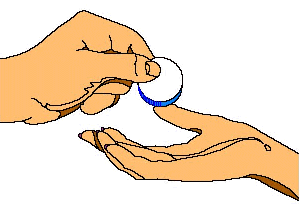
We embrace the legal principle of equality
Our culture celebrates individual autonomy and achievement
We tend to interact with people like our selves
Thr United States is a very affluent society
| Highest Paid | Annually Earns at Least |
| 0.5% | $1,000,000 |
| 1% | $200,000 |
| 5% | $105,000 |
| 10% | $85,000 |
| 20% | $70,000 |
| 30% | $55,000 |
| 40% | $47,500 |
| 50% | $39,000 |
| 60% | $31,000 |
| 70% | $25,000 |
| 80% | $18,000 |
| 90% | $10,000 |

Income: Salary & Earnings from Investments
Wealth: Money and Valuable goods and property owned
| Population | Income |
| Richest 20% | 46.8% |
| Second 20% | 23.3% |
| Third 20% | 15.7% |
| Fourth 20% | 10.0% |
| Poorest 20% | 4.2% |
.
.
.
.
| Population | Wealth |
| Richest 20% | 80% |
| Second 20% | 15% |
| Third 20% | 5% |
| Fourth 20% | 1% |
| Poorest 20% | -1% |
.
.
.
.
| Nation | Highest 20% Income | Lowest 20% Income |
| United States | 46.8% | 4.2% |
| Switzerland | 44.6% | 5.2% |
| Great Britain | 44.3% | 4.6% |
| Australia | 42.2% | 4.4% |
| Germany | 40.3% | 7.0% |
| Canada | 40.2% | 5.7% |
| Sweden | 36.9% | 8.0% |
.
.
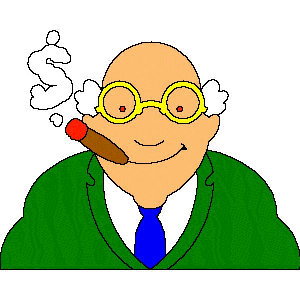
Power
Occupational Prestige
Schooling
Next Page
| Occupation | Prestige Score | Collar | Occupation | Prestige Score | Collar |
| Physician | 86 | White | Bookkeeper | 47 | White |
| Lawyer | 75 | White | Mail Carrier | 47 | Blue |
| U. Professor | 75 | White | Secretary | 46 | Pink |
| Dentist | 72 | White | Photographer | 45 | White |
| Reg. Nurse | 66 | Pink | Bank Teller | 43 | Pink |
| PS Teacher | 66 | Pink | Farmer | 40 | Blue |
| Airline Pilot | 61 | White | Hair Dresser | 36 | Pink |
| Police Officer | 60 | Blue | Bus Driver | 32 | Blue |
| Librarian | 54 | Pink | Salesperson | 30 | White |
| Airline Mechanic | 53 | Blue | Truck Driver | 30 | Blue |
| Fire Fighter | 53 | Blue | Cashier | 29 | Pink |
| Social Worker | 52 | White | Bartender | 25 | Blue |
| Electrician | 51 | Blue | Janitor | 22 | Blue |
Next Page
| Category | Women | Men |
| Not HS Graduate | 20% | 19.5% |
| 8 yrs or less | 9.2% | 9.4% |
| 9-11 yrs | 10.8% | 10.1% |
| . | . | . |
| High School Graduate | 80.0% | 80.5% |
| High School Only | 37.4% | 33.2% |
| 1-3 yrs College | 23.4% | 22.6% |
| College Graduate or + | 19.2% | 24.7% |
.
.
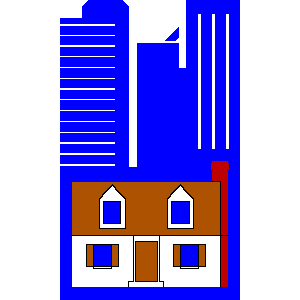
Ancestry
Race and Ethnicity
Next Page
.
| Ethnicity | Average Wealth |
| Whites | $45,740 |
| Hispanics | $4,656 |
| African Americans | $4,418 |
.
.
.
.
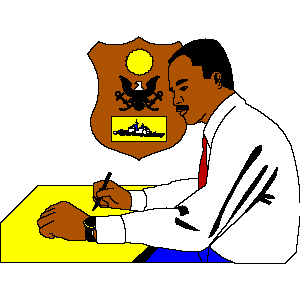
African American Affluence
African Americans are not as rich as Whites
African Americans are more likely to have more than one income
African Americans are more likely to derive income from salary, not investments
Next Page
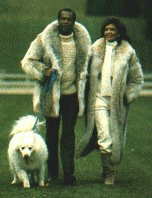
The Color of Money:
Being Rich In Black and White
.
.
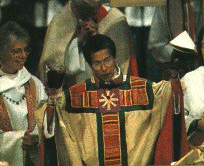

Rev. Barbara Harris
Gender
Religion
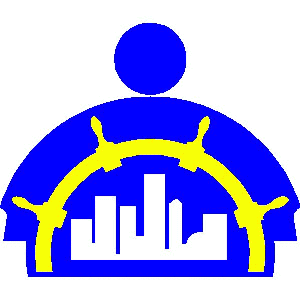
The Upper Class -- 5%
Upper-Upper Class -- The Social Register
Lower-Upper Class --Who's Who
Next Page
The Social Register and Who's Who
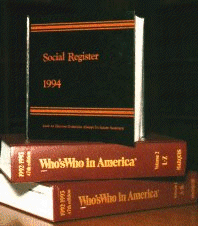
.
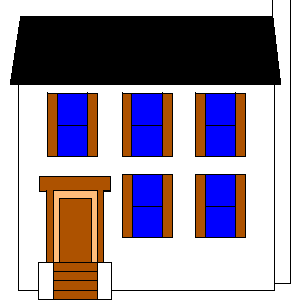
The Middle Class -- 40-45%
Upper-Middle -- College educated professional careers
Average-Middle -- Modest careers
Next Page

The Working Class -- 33%
Physical Labor

The Serving Class
The Poor
Next Page
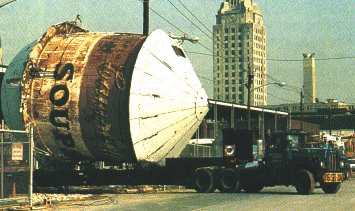
The departure of Campbell's Soup from Camden, New Jersey left the city one of the poorest in the United States. The fault was not in the profitable plant itself, the city or the workers. Campbell's parent company decided that it could make more profit building a new plant elsewhere.
.
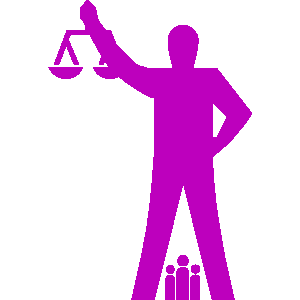
Class and Health
Class and Values
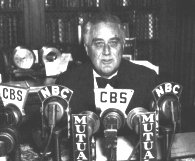
.
Class and Politics
Class, Family, and Gender
.
.
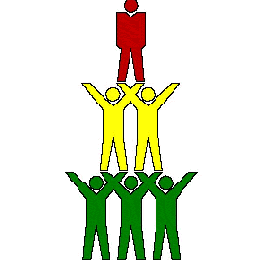
Intragenerational Mobility
Intergenerational Mobility
Upward and Downward Vertical Mobility
Horizonal Mobility
Structural Mobility
Next Page
Social Mobility: Myth and Reality

Social mobility, for men, gas been fairly high
The long term trend has been upward
Within a generation, mobility is usually incremental, not dramatic
The short term trend has been stagnation, with some polarization
Next Page

Mobility by Income Level
Mobility by Race, Ethnicity, and Gender
.
| % Population | 1980 | 1994 | +/- $ | +/- % |
| Highest 20% | $89,600 | $118,912 | + 17,750 | +27% |
| Second 20% | $38,890 | $40,910 | +2,020 | +6% |
| Third 20% | $29,100 | $28,490 | -610 | -2% |
| Fourth 20% | $19,830 | $19,150 | -680 | -4% |
| Poorest 20% | $9,980 | $9,240 | -650 | -9% |
.
.
.

The Middle Class Slide
Earning have stalled for many workers
Multiple job-holding is up
More jobs offer little income
More young people are remaining at home
Next Page

.
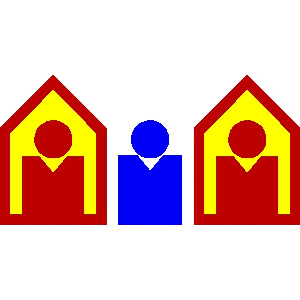
Relative Poverty
Absolute Poverty
Next Page
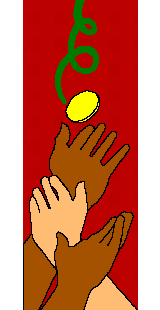
Tthe Extent of U.S. Poverty
14.5% of population
Less than $14,765 for a family of four
More than 40% of those in poverty are children
Next Page
.
| Year | % Poverty |
| 1960 | 22.5% |
| 1965 | 17.5% |
| 1970 | 12.5% |
| 1975 | 12.0% |
| 1980 | 13.0% |
| 1985 | 14.0% |
| 1990 | 13.5% |
| 1995 | 14.5% |
.
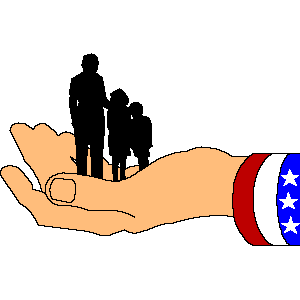
Age -- Race and Ethnicity -- Gender and Family Patterns -- Areas of Residence -- Children
Feminization of Poverty
Next Page

Blame the Poor
Blame Society
Weighing the Evidence: The Working Poor
Next Page
.
Some people think that the government should do everything possible to improve the living conditions of the poor [point 1]. Others think that each person should take care of himself [point 5].
.
| 1 | 2 | 3 | 4 | 5 | No Answer |
| 12.5% | 13.3% | 43.3% | 15.8% | 11.5% | 3.5% |
.
.
.
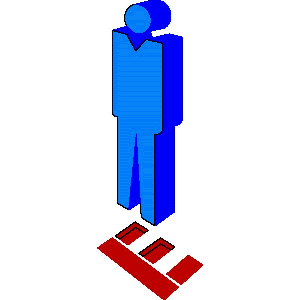
The Culture of Poverty -- Oscar Lewis
Cash Economy -- Low Wages -- High Un- and Under-employment -- Little Social and Economic Infrastructure -- Bilateral Kinship System -- Blame the Victim social Cultural values
Next Page
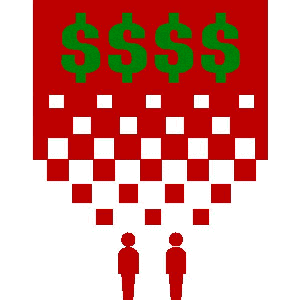
Social Class Orientation Toward Time -- Lawrence LeShan
The higher the social class the greater the orientation towards time; both as a sense of Family History and as a projective plan for the future. Poverty is characterized by extreme present-consciousness.
Next page
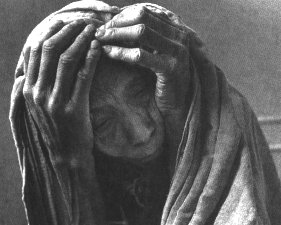
The Working Poor
16.6% of the Poor are full time workers
25.8% of the Poor are Part Time Workers
.
Blame Society or the Individual?

Societies that distribute wealt unequally have high rates of relative poverty, and societies that strive for economic equality have low rates of poverty.
Unemployment rates are determined by factors beyond the control of the (potential) employee.
Next Page

Counting the Homeless = 1.5+ million
Causes of Homelessness = Economic Displacement
Next Page
Social Class and Welfare; Politics and Values
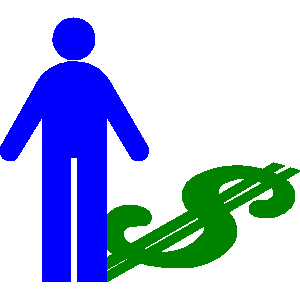
Government subsidies benefit the Upper Class at more than 5 to 1 the ratio of aid given to the Poor.
Next Page
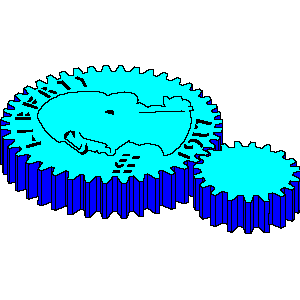
.
.
| Country | % Respond "Laziness" | % Respond "Injustice" |
| United States | 40% | 32% |
| Japan | 35% | 29% |
| Canada | 34% | 32% |
| Great Britian | 27% | 35% |
| Sweden | 16% | 36% |
| France | 15% | 43% |
.
.
.
drewhurl@sprynet.com

Producted at Bits & Bytes Farm, 1998
This Program was Designed and Created by:
Drew Hurley
Santa Fe Community College
3000 NW 83rd Street
Gainesville, FL 32606
ClipArt Provided by:
Imageline, Inc.
401 East Main Street, Suite 100
Richmond, VA 23219
Photos Provided by:
Black Star News Service
2121 Avenue of the Americas
Washington, DC 20111
Next Page
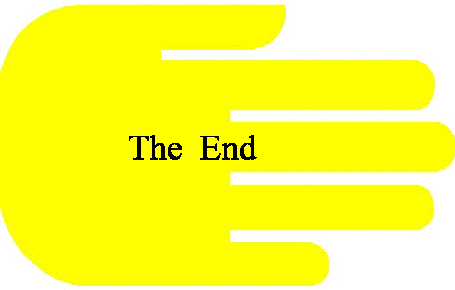
Go To Beginning of This Program
Go To Introductory Sociology Page